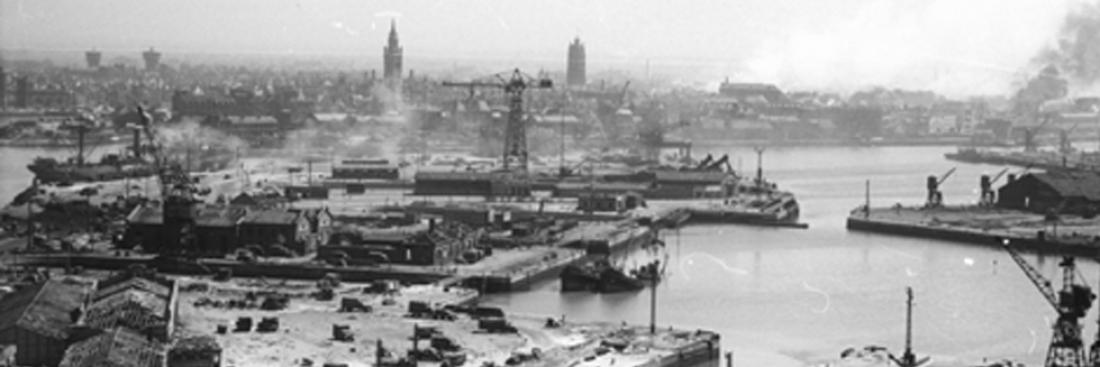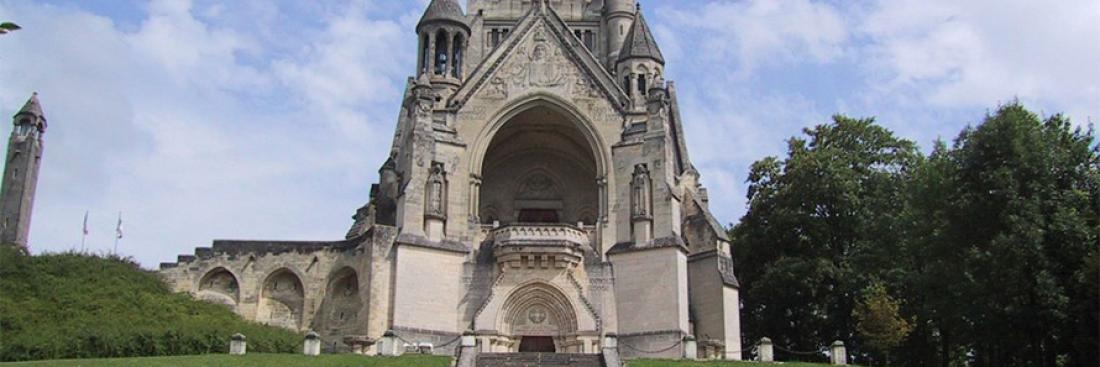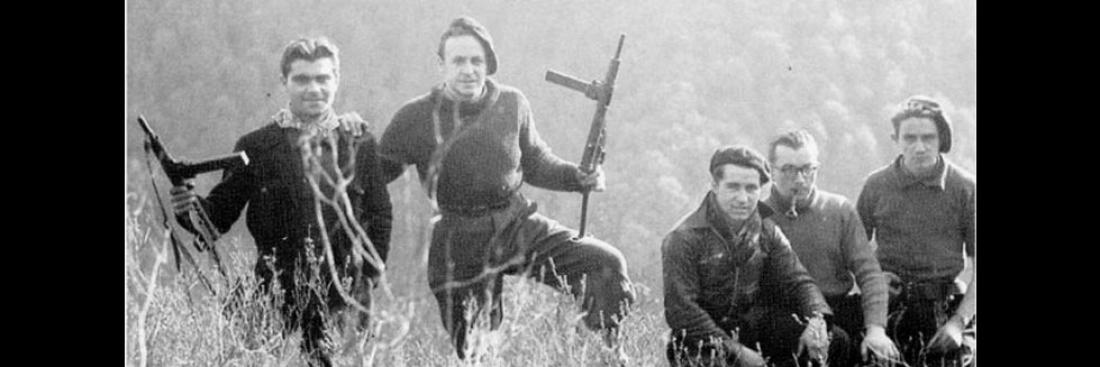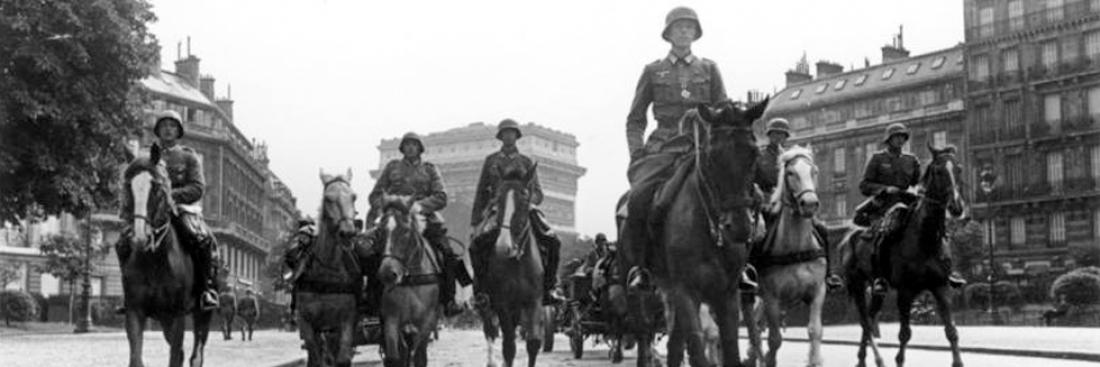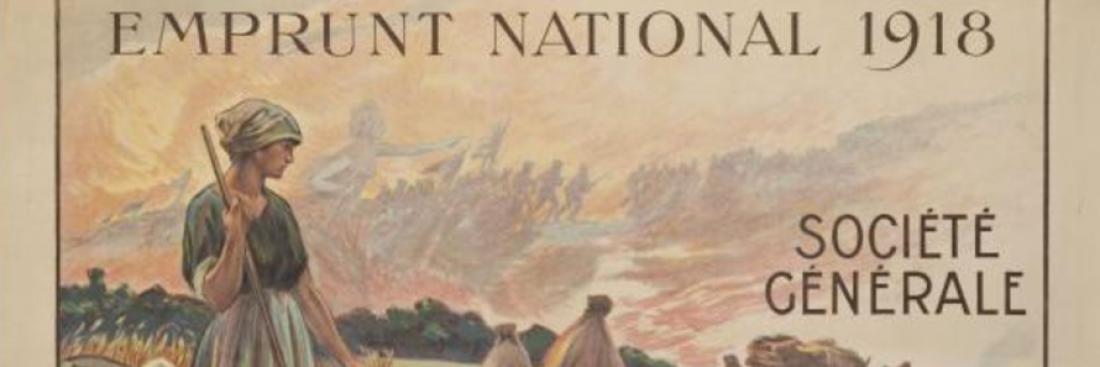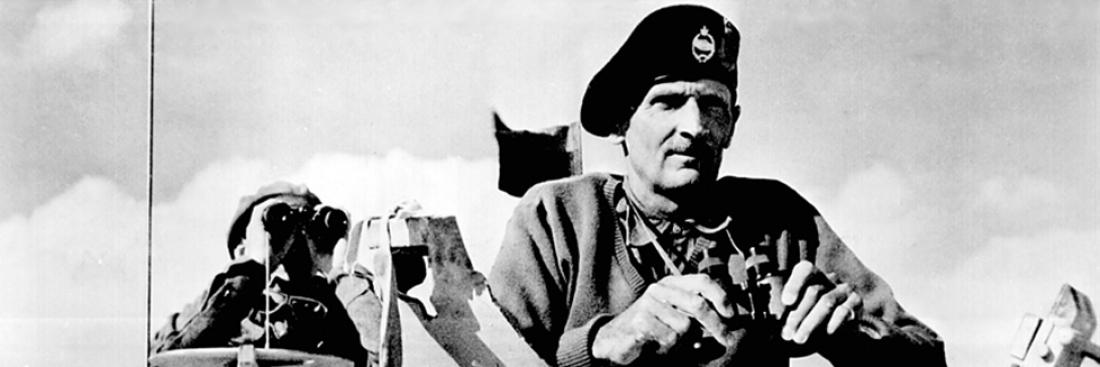Les victimes civiles françaises de la bataille de Normandie
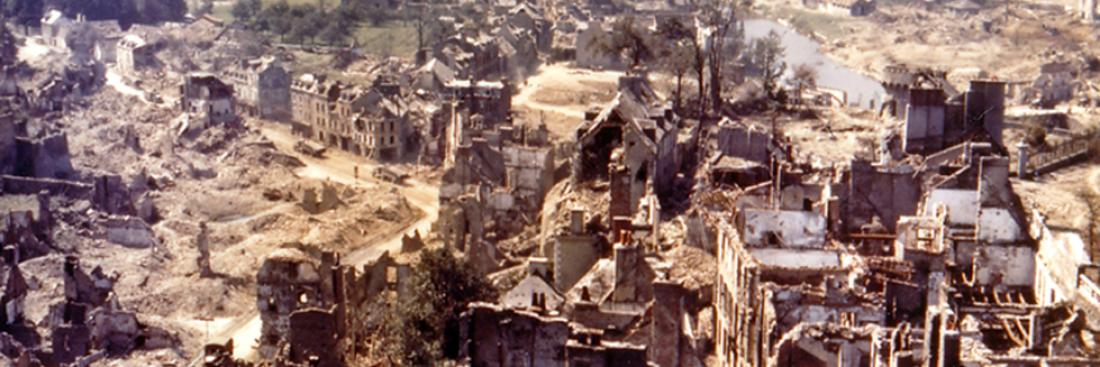
Contrairement à la Première Guerre mondiale, la guerre de 1939-1945 a la particularité d’avoir été très meurtrière pour les populations civiles. Ainsi, en France, près de 400 000 civils ont été tués entre 1939 et 1945.


